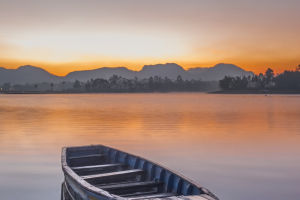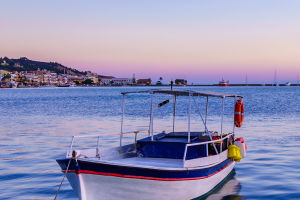Trekking is a flexible and free way to travel.
Trekking is divided into short-distance trekking and long-distance trekking, both of which involve walking for medium to long distances through purposeful suburban, rural, or mountainous areas for exercise.
However, short-distance hiking requires relatively simple items, while long-distance hiking requires good outdoor knowledge and equipment, such as hiking shoes, tents, rushing clothes and pants, backpacks, emergency tools, maps, compasses, etc.
Things you should pay attention to on a long-distance hike.
1. Make a realistic plan. Before hiking, you should understand the situation of the destination and make a more detailed and feasible plan.
2. In addition to the necessary living and working supplies, you should not bring any supplies that you may or may not bring, and try to streamline your clothing to reduce unnecessary burdens during the trip.
In summer to be prepared for the heat, a straw hat, and water bottle is indispensable.
Luggage with less and light, but be sure to bring some common medicines.
3. It is best to travel in a group, at least three people or more, to help each other on the way and take care of each other.
But it is best not to have too many people, otherwise, they interfere with each other, inconvenient action.
4. Do a physical examination to understand your physical condition, such as lower limb vascular disease, skin ulcers, and flatfoot syndrome should not be hiking.
5. Wear light, well-fitting shoes
Before leaving, carefully purchase a pair of lightweight, comfortable, size-fitting, flexible and breathable shoes that are easy to travel in.
To be on the safe side, it is best to wear it a few days before departure and find problems in time for a replacement.
The size of the socks should also be appropriate, not too tight and too short.
6. If you are on a long-distance hiking tour, it is best to do a few acclimatization exercises before you leave, and gradually increase the amount of exercise to enhance endurance.
For people who have never experienced long-distance walking, it is best to start with short-distance exercise and gradually increase the journey.
7. When traveling on foot in summer, avoid the hottest time between 11 a.m. and 3 p.m. Also, wear a straw hat and fill your water bottle with water to avoid heat stroke.
8. Make sure you get enough sleep and nutrition, and don't just eat dry food for a long time, but try to eat as much fresh fruit and vegetables as possible.
9. Wash your feet with warm water at the end of the walk every day to relieve fatigue.
When there are blisters on the palms of the feet, they can be treated with needles and then coated with drops to prevent infection.
10. Pay attention to rest and health care. The schedule should be reasonably arranged, and leave enough room for rest, do not overexert yourself.
In short, make sure to do your homework well before hiking.


